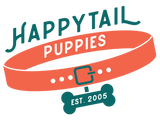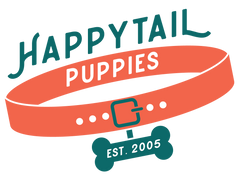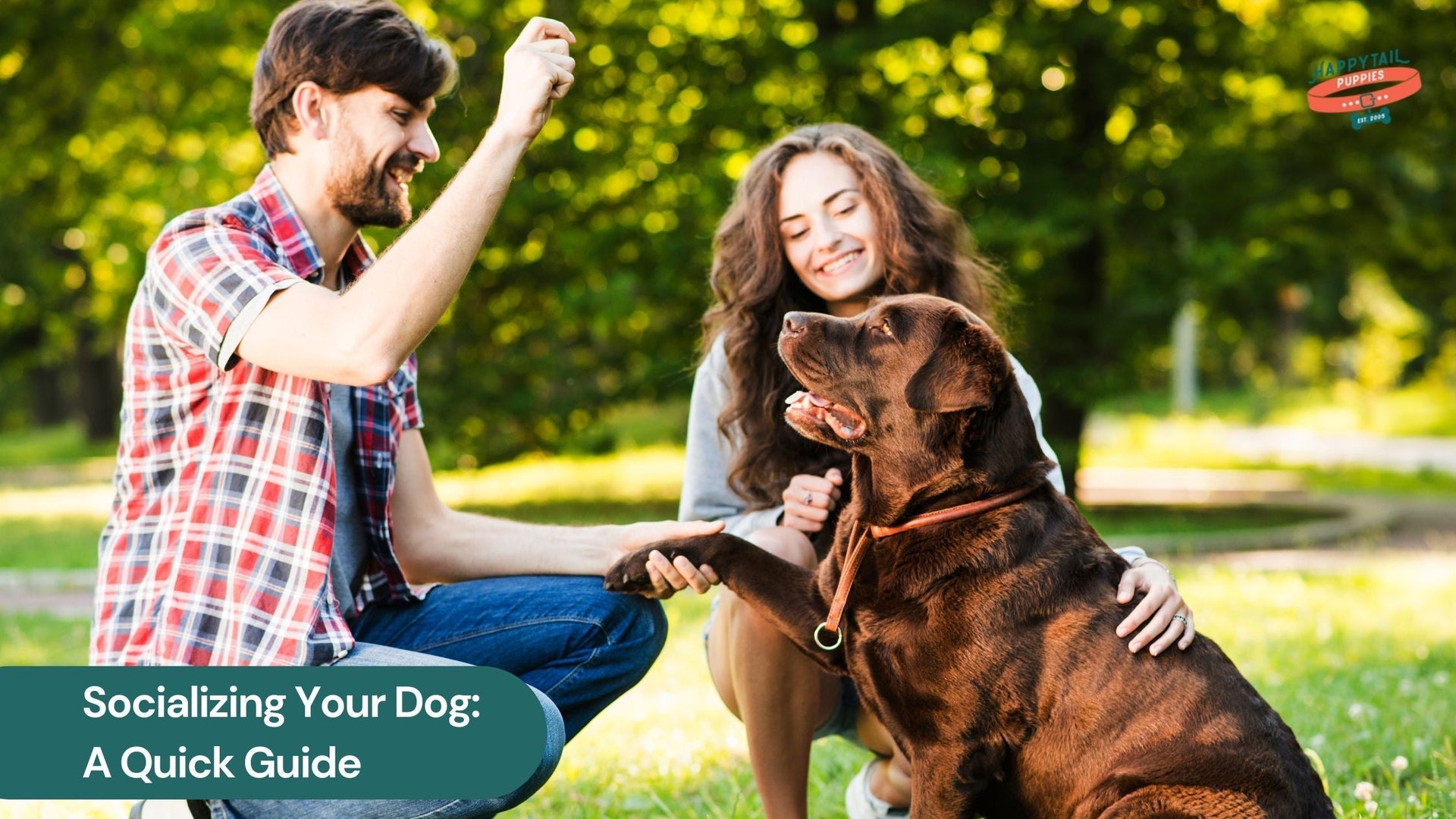How To Socialize Your Dog: Becoming A Responsible Pupper Of Society
Socializing your dog is essential for a well-behaved companion. Start early, use positive reinforcement, and expose them to various experiences for balanced behavior.
So, you’ve got yourself a dog. Congratulations on becoming a puppy parent, it’s a beautiful thing. A pup’s nature is like rolling the dice, there are multiple possibilities. Maybe they’re super chill, perhaps they’re reserved or even a bit mysterious. Who knows. Regardless, with the right training, they can become a well-mannered good boy/girl. The key to that lock is called socialization.
Let’s dive into this extremely important subject matter to learn more about it.
Why Socialization Matters
Well, let’s start with the definition of socialization. If we go by the Oxford Dictionary, socialization is the process by which we learn to become members of society, both by internalizing the norms and values.
Socialization is important because it helps your dog feel comfortable and confident in various everyday situations such as meeting new people, encountering other dogs, or just being in different environmental settings.
Improper socialization is extremely dangerous because it means you cannot predict your dog’s behavior in a certain situation. They might become fearful, anxious or even aggressive, becoming a risk to themselves, you, and everyone around. Socialization is as important as drinking water.
How to Socialize Your Dog
You might or might not expect this, but socializing a dog isn’t too far away from how one socializes a kid. Allow us to explain:
Start Early, But It's Never Too Late
The sooner you start the part, ideally between 3 to 14 weeks of age, as during this period, they’re most receptive to new experiences. However, even if your dog is far past this window, don’t worry. Old dogs are capable of learning new tricks. They can still become social butterflies with patience and consistency.
Expose Them Gradually
You don’t want to take your dog out to the circus the very first thing, ease into it. Do not take them to the best vacation spots for dogs from day one. Otherwise, you’ll only overload them with stimuli and their tiny little brains will freak out. Take your time to introduce them to new sights, sounds, and smells in a controlled manner. You can ideally start with quieter environments, like perhaps another house or a local park, and gradually increase the level of stimulation. For example, a calm walk around the neighborhood before visiting a bustling park.
Positive Reinforcement
Don’t let anyone tell you otherwise, positive reinforcement works and it is arguably the most effective teaching method. Punishment is the worst one, for it only makes your dog fearful of you and resent you.
So, whenever your dog reacts calmly and properly to new experiences, reward them with treats, praises, and play. This will build the association that unfamiliar situations can result in positive outcomes; advice we all can follow, to be very honest.
Consistency is Key
That’s an age-old saying, but boy, does it hold true still. Regular and constant exposure is what matters here. Make socialization a part of your dog’s daily routine. Short, frequent sessions are far more effective than occasional long ones. Also, one needs to understand not all dog-breeds are the same, and some can be classified as more “advanced”. Basically, the ones for those pet parents that have had dogs before. One should read up on the best dogs for first time owners before going through with a purchase.
Let’s talk about more niche scenarios now.
How to Socialize an Adult Dog
Socializing an adult dog is a bit more complicated than a puppy, there is no sugarcoating that. Similar to how teaching an adult a new language is. Grown-up dogs have their behaviors already established, so changing them is difficult but not impossible. Here is how you should go about it:
Controlled Introductions
Start with one-on-one meetings with calm, well-socialized dogs. Avoid overwhelming them with large groups initially.
Have They Socialized Before?
If your dog is a rescue, they might have had limited exposure to various situations. Be patient and observe their reactions to different stimuli.
Professional Help
Sometimes, the issue just might be beyond your control, and knowing when to seek professional help is the sign of a smart pet parent who genuinely cares about the well-being of their dog. In case you feel professional intervention is needed, consider enrolling in obedience classes or consulting a professional dog trainer. They can provide structured environments and expert guidance.
How to Socialize an Aggressive Dog
Aggression often stems from fear or lack of exposure. Here's how to address it:
Understand Their Background
Context matters. If your dog has had a rough past, which is usually the case with rescue dogs, they might have some trauma or limited exposure to various situations. You must be careful in this case, as you’re not sure what might trigger them. Be patient and observe how they react to different stimuli. Observe what causes your dog to react aggressively. Is it other dogs, strangers, or specific environments? Take things one step at a time.
Desensitization and Counterconditioning
Once you have a solid understanding of what triggers your dog, you need to start to gradually expose them to these triggers from a distance so they can handle them without reacting. Pair this exposure therapy with positive reinforcement in order to change their established associations and thus emotional response.
Safety First
Aggressive dogs are dangerous. While an angry Chihuahua really won’t do any damage, a bigger dog can. So, make sure you use leashes, muzzles, barriers, protective gear, etc., and ensure the safety of anybody that is involved. Also, remember, do not punish aggressive behavior. It will only result in more aggression or fear. Instead, focus solely upon reinforcing positive behavior via positive reinforcement.
How to Socialize Your Dog with Other Dogs
We need human friends, dogs need dogs friends. The logic may sound childish but it holds true. Here are some tips on how to introduce your dog to other dogs:
Puppy Classes
Enroll your young dog in puppy classes where they can interact with peers in a controlled setting.
Supervised Playdates
Arrange playdates with dogs you know are friendly and well-behaved. Monitor their interactions closely.
Dog Parks
Once your dog is comfortable, dog parks can be great for socialization. Start during off-peak hours to avoid overwhelming them.
How to Socialize Your Dog with Humans
Human interaction is a significant part of a dog's life.
Invite Friends Over
Start with calm, dog-friendly individuals. Allow your dog to approach at their own pace.
Public Outings
Take your dog to pet-friendly stores or cafes. Expose them to various people and situations gradually.
Handling Exercises
Get your dog used to being touched by different people. This is especially important for vet visits or grooming sessions.
Conclusion
Remember, every dog has a unique personality, a unique backstory, and overall abilities. You need to be the adult here, literally and figuratively, and deal with your pup with the utmost patience, consistency, and love. Dogs are naturally social animals, so if they aren’t properly socialized, something went wrong. You can fix it.


